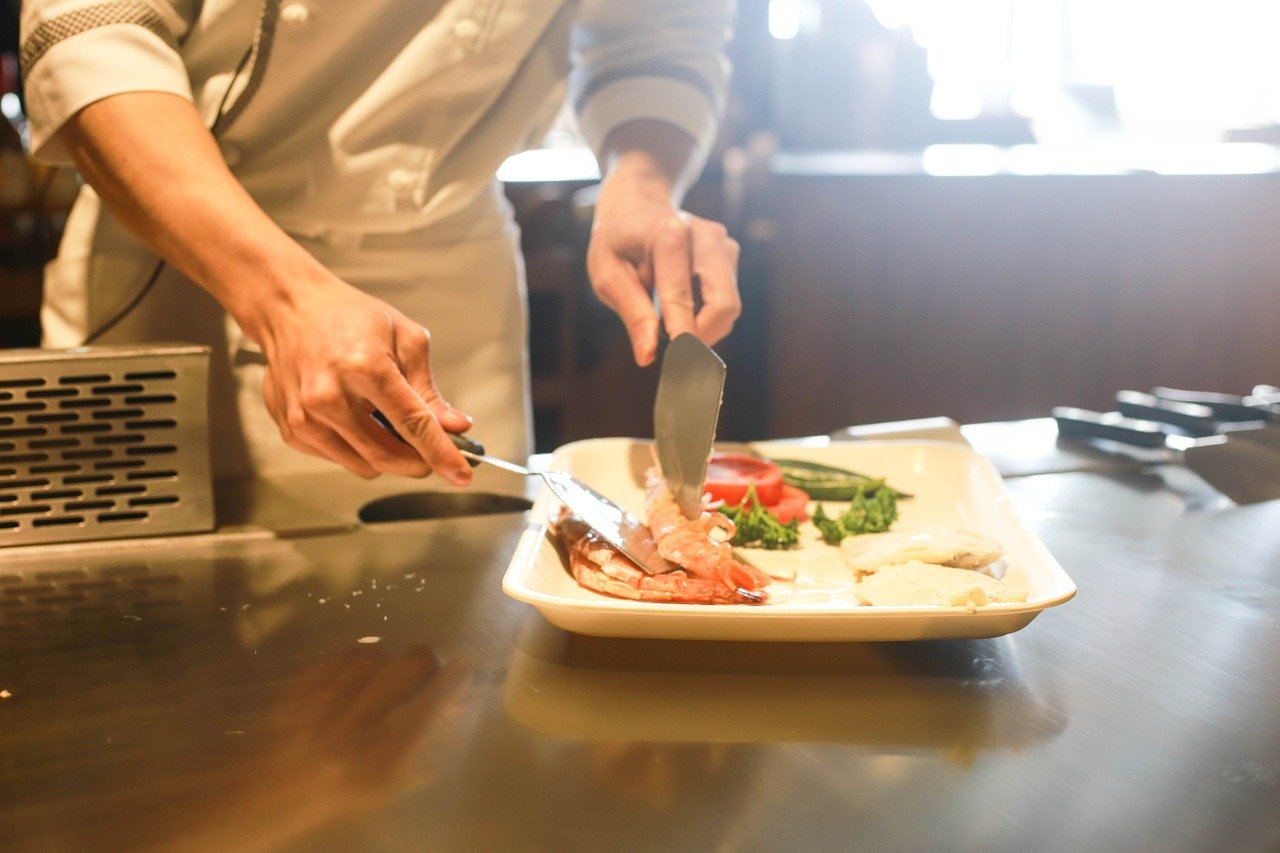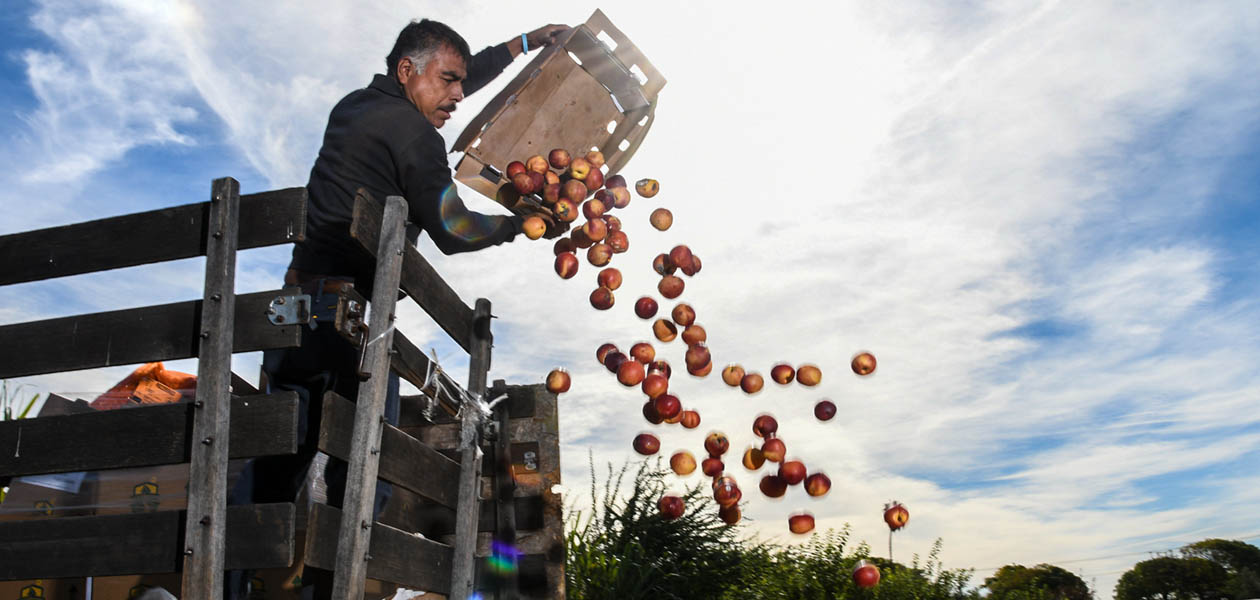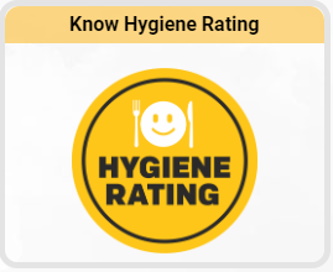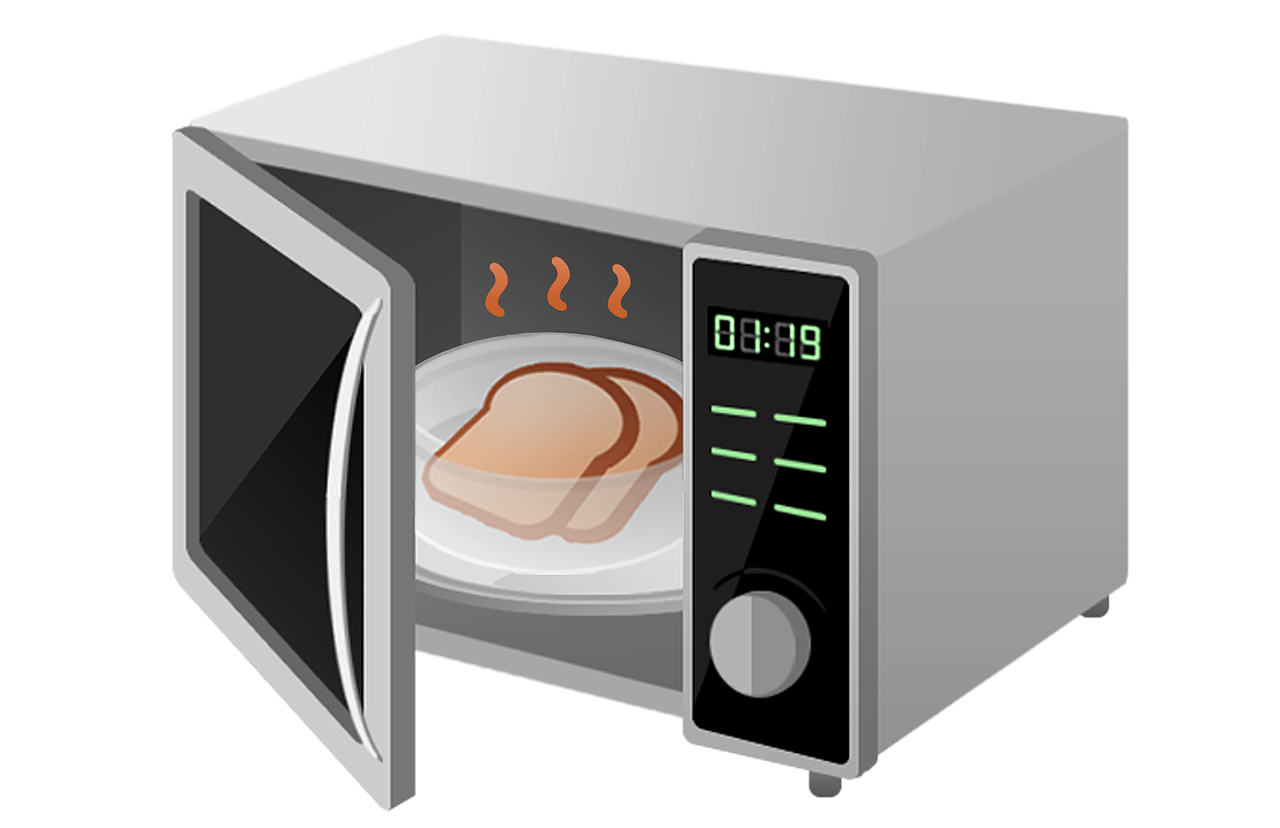Bengaluru is known for its multiculturalism and cosmopolitanism which has given rise to an amazing restaurant/fine dining food. Now, not everything can be cooked at home and the diversity in the food outlets around the city are a welcome respite. However, there always is that question about the cleanliness and hygiene of the place. Although food is not a carrier of COVID, you want to be doubly sure. So we thought we would share some insights on the same with you as you get ready to celebrate the New Year.
We conduct a lot of audits for the restaurants and cloud kitchens across the city and these are based on based on a sample of about 100 such inspections conducted across Bengaluru’s restaurants.

The most basic requirement and the critical aspect in the food processing industries/ food outlets is Personal Hygiene of the food handlers. We saw that 8 out of 10 food handlers are still not clear about the role of good personal hygiene practices. Not washing hands after toilet usage, working between cooked food and raw meat, working with possible allergens to avoid cross- contamination, no clean clothes, hair not fully covered under the hairnet or a cap, dirty nails, wearing flip on slippers instead of protective shoes all of which just results in poor hygiene standards.
One cannot just blame the food handlers alone. Infrastructural design seems to be completely lacking as well. Many of these places don’t have restrooms not to mention any changing rooms facilities. So, the staff end up traveling up to a kilometer to reach the nearest mall, their rooms or a more organized setup just to use toilets and change uniforms. 7 out of 10 outlets themselves do not have a dedicated handwash facility which explains the lack of.
The next thing that accounts for safe food is the quality of inputs. Unfortunately, 4 out of 5 food outlets were found with no awareness about inspection of their raw materials. Inspection involving checking of temperature, manufacture and expiry date, quality, physical appearance, odour, pest infestation, packaging and labeling, freshness of fruits and veggies, all of them play a fundamental role in upholding the quality system.
There are several different ways of inhibiting the entry of pests into the food premises and pest control should be of outmost importance in the food premises. Again 7 out of 10 restaurants had no pest management system including, blocking pest entry through the drains, doors and windows. Infrastructure has its part to play where the kitchen has a back entry-exit door which is left open without a mesh, drainage being uncovered with stagnant water, blockage and rubbish bins uncovered all the time. These food outlets were also found to have pest infestation and activity during the inspection within the cooking and storage area.

Segregation was something that folks had thought of. About 6 out of 10 food outlets maintain a clear segregation between veggies and meat during its storage but we could still find many of the restaurants being clearly unaware of keeping veg and non-veg separately in the chiller. When it came to segregating between cooked and uncooked food the knowledge was lacking.
Everyone agrees that an organization is only as good as its people. Hence training of their staff is a critical way to assess the importance they give to food safety. On this front we saw that 6 out of the 10 outlets have no training provided to their staff on the topic. The staff should be clear about the processes to ensure safe and hygienic product and must be trained on personal hygiene, handling of food as well as cooking rules.
Finally cooking temperatures are critical to the processes of eliminating biological hazards in the food. This is called the kill process in the world of food safety, and usually corresponds to a critical temperature and time combination. Even on this 2 out of 5 cooks/ food handlers were found unaware of this crucial fact. We are fortunate enough that our Indian food is cooked beyond the cooking temperature for prolonged time (not overcooked) which reduces the risk significantly, but if you are consuming cold products, you might be taking unknown risks.
Based on World Health Organization facts, food can spread more than 200 diseases and the most vulnerable people being our children below 5 years and people with poor and fragile health status.
Eating contaminated food can cause serious long term health problems like cancer and neurological disorders. There are many factors aiding to food contamination during processing, preparation, distribution, storage and serving and our attempt has been to help you identify some of the critical parameters where the outlets fail. So next time you are eating out or ordering food, do make it a point to check on some of these critical parameters. The question could be as basic as, “Do you have a separate hand wash station which does not double up as dish washing station?” If the answer is a yes, the outlet has already cleared one of the biggest hurdles where over 75% of the them fail.
Footnote: There is also a FSSAI Hygiene Rating that the restaurants can opt for. This gives a rating from 1 to 5 start for the hygiene and If the restaurant has been assessed for that, you can be assured that some basic system are in place.

Author: Swaroopa Narasimhaiah heads the projects at Food Safety Works. She is well conversant with the food and restaurant audits and spends a lot of time sieving through the data to get interesting insights.








